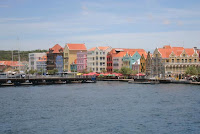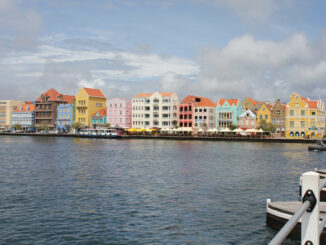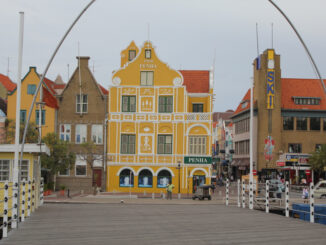
WILLEMSTAD, Curacao — Think of any Caribbean island. The beach is probably the first thought that comes to mind.
But the island of Curacao — a member of the ABC islands along with Aruba and Bonaire — is different. Yes, there are plenty of beaches on the island, and Curacao is known for its scuba diving. But, there is so much more history and heritage to be explored.
The island, first discovered by Europeans in 1499, has long been an important shipping destination because of its natural deep water harbor, St. Anna Bay.
That harbor divides the city into two sections: Punda and Otrobanda, which means “other side.” The two are connected by the Queen Emma floating bridge, which opens to allow ships to enter or exit the harbor.
The island’s name, according to one theory, is derived from Spanish and Portuguese words meaning healing, likely because sailors centuries ago found a cure for their scurvy in the island’s natural fruits and the Vitamin C they contained.
Curacao, located off the coast of Venezuela, was a part of the Netherlands Antilles until 2010. The island is today considered a country within the Kingdom of Netherlands.





